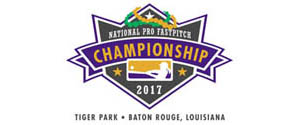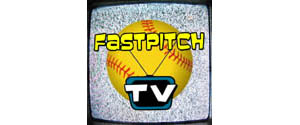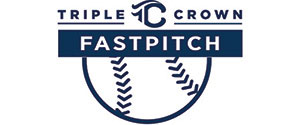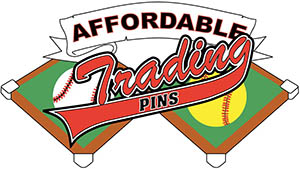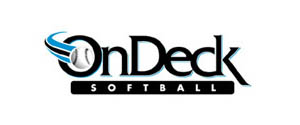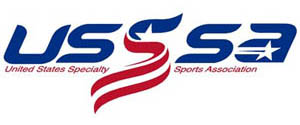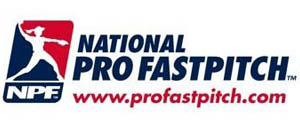AlwaysImprove wrote:The question is still the same. 3 years ago, bat shenanigans galore. Everyone saw it, everyone knew it. This year, no bat shenanigans. True or False?
3 years ago? How about 8 years ago. I shouted it from the highest mountains on every softball board I could find.
Know what happened? Same thing that happens on these boards when someone posts anything not popular or understood, I got beat to hell, mocked, scoffed at and vilified. I was promptly informed that I had no idea about what I was talking and any issues with the bats was a slow pitch issue and ASA should leave the FP people alone.
Please, don't tell me about the shenanigans. I knew they were there and tried to warn people and was basically ignored.
The NCAA started addressing bats at the turn of the century. Probably more as a precautionary measure. You want to know what the difference is between baseball and softball? The softball side of the wall paid attention to what was happening and got involved with ASA's standards and testing to the point they even helped fund some of the research.
Baseball allowed the manufacturers to police themselves and didn't think twice about how hot the bats were becoming until the Tennessee coach raised his hand a few years ago about all the home runs being hit in the baseball games. Bad press usually gets action by those receiving some form of government monies and sure enough, baseball had an issue that was much bigger than what softball faces. That is when all the knee-jerk reactionaries "banned" composites pending testing and approval all the way down to LL. State & city governments were banning the use of composite bats to which softball was eventually excluded in most, if not all, cases simply because they demonstrated the bats in their game were under control.
The "shenanigans" were there before and have been disappearing since the baseball fiasco, but there are still those that believe that the hot bats are there and everyone is turning a blind eye based upon the popularity of the program and all the good shit that slow pitch has been going through the last decade. This is why the NCAA has finally put some teeth into the penalty for those caught cheating. Now that the coach is responsible, any player who shows up with a bat which even remotely may seem to be illegal may have some explaining to do.
ASA has been experimenting with a procedure during their championships in OKC the last couple of years. Bats that are legal and pass BCT are taken. Those which do not are given back to the team.
Come game time, that team's bats are placed next to the dugout for that game. When the game is over, the bats are removed and secured until that team plays again. If a player walks into the dugout with a bat, that bat is confiscated and retested. If it passes, it is returned to the barrel of bats that team may use.
Some would call it insulting, but it works. ASA tested those bats last year as the tournaments progress, including a couple times without the teams' knowledge. Out of a couple hundred bats, only two had accelerated out of spec through use during that tournament. It is a painful and timely task, but it worked and I would not doubt to see that happen with the NCAA in the future if they find the bat situation to get worse which, I would think, no one anticipates.




